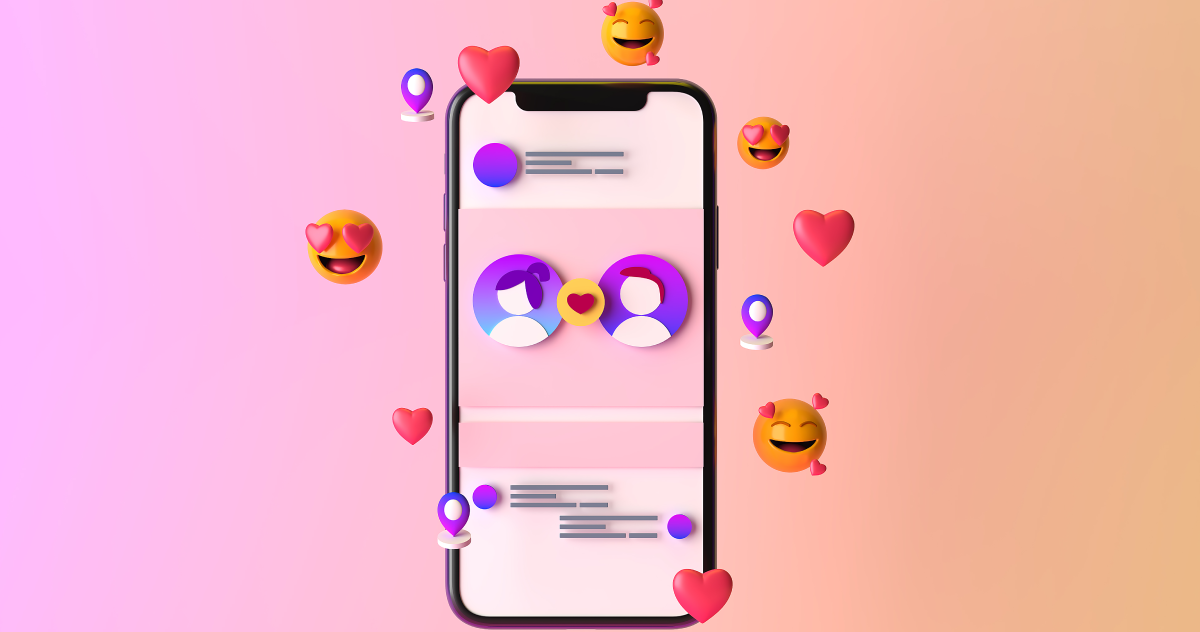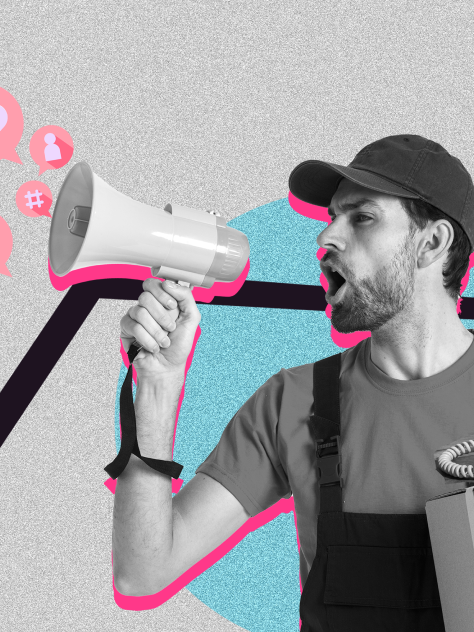Is Emoji a Universal Language?

Having entered our lives through technology, smartphones, and computers, Emojis are making our communication richer and more colorful. Even though they were designed originally for texting on smartphones, emojis are nowadays to be found in every kind of content: on TV and internet, in ads and promotions, and websites.
Emojis can sometimes be considered as a “simple fun symbol,” but in the matter of translation, they can be quite “complicated.” Here we use the word “complicated,” because their meanings are not universal. These little symbols can have different meanings for people from different countries, which is to say that when it comes to appealing to consumers around the world, it is inevitable to localize the emojis and take cultural differences into consideration.
So, what’s the way of going about emojis?
One should, first and foremost, avoid falling into generalization trap and do some research. In other words, thorough research should be carried out to figure out how and what kind of emojis the locals of interest use on social media and which are their favorites. For example, the Russian prefer romantic ones like “kiss mark and heart eyes,” while the French use the ones with “the heart,” and the consumers from Arabic countries like emojis with “flowers and plants,” and Canadians go for the ones with “money and sports.”
It is therefore quite important to know what the emojis mean. One should keep in mind that some emojis may have more than one meaning and they can easily be misunderstood. When in doubt, it is advisable to refer to the informing websites such as emojipedia.org and emojitracker.com. These websites help us learn how emojis are used worldwide and interpret them in cultural context in order to convey correctly the original message of the source text.
Do all emojis mean the same thing?
As we mentioned at the beginning, we cannot say that emojis are universal. Here are some examples:
In western culture “thumbs up” emoji (👍) means “OK!” or “Great!” or “I agree!” but in Greece and Middle East, the same emoji expresses rudeness and offense.
A study has shown that the “smiling face with open mouth and tightly closed eyes” emoji (😆) can under different circumstances cause both positive and negative reactions, which in turn is an indication that people can respond to the same thing in their own unique ways. Also, emojis may differ in Androids and iOS. In this case, an emoji in, for example, a Samsung device can be seen and interpreted differently in an iPhone.
“Waving hand” emoji (👋) means in some cultures “Bye!” or “See you!” whereas in China it is used to express aggression and means among others that “We are no longer friends.” In other words, in China people using this emoji say, “See you never!” 😊
“Angel” emoji (😇) in most cultures expresses innocence and benevolence, but in China it may mean “death.”
“Fire” emoji (🔥) is in most countries used to mean literally fire, while in some countries like England it may mean “attraction.”
Source: https://summalinguae.com/language-culture/emergence-of-emoji-as-a-universal-language/
